National heroes
When you start traveling in Europe and you pass through a lot of countries in a rather short time you appreciate what a great invention the European Union is. You pass borders without noticing (exception: Bavaria, which is not a country but it has a royal prime minister who makes his own laws), an increasing number of people speaks a common language (of a country which is not a member state) and in many countries you can pay with the same currency.
Express train to Kosice in Poprad
And yet, there is Hungary. The currency is called Forint. You are easily a millionaire when you calculate in Forint. I get 384 Forint for 1 €. It keeps your brain busy when you constantly start to recalculate in 4 digit numbers. I now have 50000 Forint in my pocket, that should be enough for a while. And then there is the language: in the EU there is nothing comparable except maybe Finnish. Today I changed trains at Mezökövesd and Füzesabony. Other important stops are Nyirehyhaza, Vamosgyörk or Görögszallas. It even is difficult to write down. To not get in trouble I decided on an easy destination: it is called Eger.
From Poprad I got a reservation for an express train to Kosice. It runs through pleasant green landscape. For much of the line the high Tatras form the backdrop at the horizon. Innocent white clouds hang in a bright blue sky. I sit in my reserved window seat opposite an elderly woman. All the seats have tables. At the seat across the aisle two heavily overweight women, piled up between them on the table bags of junk food. They don’t wake up during the one hour trip. When we approach Kosice the conductrice comes to wake them up.
I have most of an hour between trains in Kosice and the station is very close to the town center. I decide to go for a little walk, backpack and all. Right in front of the station is a big park with a beautiful, wrought iron music stand and a villa.
Most of the town center is either pedestrian zone or with limited access for cars. The street into the center is lined with beautiful buildings decorated with stucco ornaments typical for the architecture of the time at the end of the Austrian-Hungarian k. u. k. monarchy. At the square in the town center an enormous gothic cathedral with beautiful decorations.
It is sunday noon and church time. The streets are full of people in their best garment. Men in suits with ties, women in dresses, the children dressed like little noblemen or ballerinas.
Kosice is an industrial town and like in the area around Ostrava most of the heavy industry has closed down. From the train approaching the city and after leaving on the line to Hungary there are big areas of ruined or demolished industrial sites. But the first quick impression of the town center is one of prosperity and tidiness.
International train Kosice-Budapest
The international train from Kosice to Budapest only has three coaches. More are added at the big Hungarian station of Miskolc Tiszai. The tickets are checked regularly: from the Slovak conductor, Hungarian conductor before the stop at Miskolc Tiszai and by a conductrice after. The latter even opens all the toilet doors to check whether somebody is hiding in there. There is no internet on the Hungarian part of the route.
Outside an endless plain. Large fields with rows of hedges. This is the hungarian Puszta, the plain which characterizes the largest part of Hungary. I have to change at Mezökövesd. Another 45 minutes to wait. On the map, the town center, about 10 minutes to walk, looks interesting. But when I get off the train the heat is so oppressive that I drop the idea of a walk and stay in the shade like all the others. In the next station, people even wait for the arrival of the train in the underpass under the platforms.
Like in Slovakia and Czech Republic most of the stations, even on the main line, do not have an underpass. To get to the train people just walk across the tracks. Nobody waits for the train on the narrow platform. It is too hot anyway. A warning is announced just seconds before a train passes.
From Mezökövesd it is a short train ride to Füzesabony. From there another short hop on another train to Eger. Again, the little distance of 15 km as the crow flies from Mezökövesd to Eger the train takes 45 minutes.
I have reserved a room in Eger Hotel and Park. It looks like one of those old traditional hotels all these towns have. However, most of the hotel is a new addition. Most of the park is in reality a huge parking lot. The outdoor area is only accessible during dinner from 7.30 to 9 pm. Most rooms come with a balcony. Mine is under the roof and doesn’t. As compensation I have got a little suite with a comfortable seating area. The very reasonable price of 80 € a night includes breakfast and dinner, use of the wellness area and use of the public spa in town. And when you are in the wellness area you can sit outside in what is left of the park in a stretcher and read your book.
Eger’s fame goes back to the year 1552. At the time a vast Turkish army approached the town. The castle was defended by around 2000 men under the command of Istvan Dobó. The Turks had 25 times more men. But Dobó was prepared. The castle was well stocked with gun powder, food and weapons. The Turks attacked for 43 days. The castle held. For the time being what was left of Hungary was saved.
The station of Istvan Dobó at Istvan Dobó square in Eger and the castle he defended in the background
Istvan Dobó is a national hero and symbol for Hungarian courage, resilience and independence. There is a statue on the towns main square which also bears his name. In 1900 the story of the siege became the topic of one of Hungary’s most famous pieces of literature: “Egri csillagok” by Géza Gárdonyi, translated to “the eclipse of the crescent moon” or “stars of Eger”. It still has to be read by all Hungarian pupils at school. After Gárdonyi died in 1922 he got an honorary grave on one of the bastions of Eger castle. Here his remains overlook the town and castle he wrote about.
I walk up to the castle. At the gate a big sign announces that the castle is renovated at a cost of more than a billion forint. Most of the money is given by the European Union. The renovation is still ongoing. Many parts are fenced off. There are exhibitions in different parts of the structure, mainly about the weapons used in the struggle, but also about the architectural development of the castle. In an auditorium they show a movie if you pay for an extra ticket. It is an ode on the strength of the Hungarian people. All Hungarians are Dobó’s.
But security first. Fenced off are all parts where loose rocks might fall. Thick wooden bars prevent people from jumping into the castle well. When I was a kid, the biggest attraction of a ruin was that you could go on exploration and crawl around in the rubble. Nowadays that is a nightmare for the operators. I envy the thousands of swallows nesting in the ramparts. They can go everywhere.
Istvan Dobó’s victory did not last for long. The Turks came back in 1596. At the time the defenders of the castle were mercenaries led by a captain. They handed over the castle without much resistance. The Ottoman rule of Eger lasted for 91 years. In the 17th century the power of the Ottoman empire started to decrease. The failed attempt to conquer Vienna had overstretched their resources. The Habsburg conquest of the Balkan started and step by step they took over former Ottoman territory. In 1687 the castle of Eger was starved into surrender. The brief islamic interlude was finished.
There are some remains of the Turkish rule in Eger. In the castle there are ruins of Turkish baths. For security reasons they are closed. But Eger also preserves the northernmost Ottoman minaret. It can be visited for those intrepid enough to climb the narrow staircase. The climb is not made easier by the guy who keeps the diesel engine of his black Audi running in front of the minaret. The entire square is filled with the stink of the exhaust while he is sitting behind his blinded windows.
Before the Turkish attack the castle housed the archbishops palace and a cathedral. While the palace is still there, foundations is the only remainder of the cathedral. After the final Turkish defeat the town slowly recovered and the Archbishop came back. A new Bishop’s palace was built in the town at the foot of the castle. With the return of the Bishop a building boom started in the 18th century.
Notwithstanding a couple of devastating fires the old part of town is still filled with preserved fine baroque and renaissance architecture of the Habsburg time. The basilica is the second biggest in Hungary. Next to churches and ornate buildings there are numerous schools which gave the town the nickname of the Athens of Hungary. Bishop Karl Esterhazy found the Esterhazy college. It is in a neobaroque palace close to the basilica of Eger.
The school also houses Hungary’s most beautiful baroque library and an optical and astronomical exhibition. There is a collection of cameras, microscopes, telescopes and a meridian. A little hole in the wall points a dot of light on a line in the ground when it is exactly noon, today at 12.13 pm. The staircase also climbs up around a Foucault’s pendulum.
The main attraction is a camera obscura. To see it I have to climb up 9 floors. There is a lift but it is out of order. A mirror projects the street view onto a white glass plate on a table. The mirror can be turned around 360 degrees and up and down to cover the entire world outside. Well, I have never really understood why you actually need a camera obscura. After you have managed the sweaty climb to the 9th floor you can as well walk around the balcony and look at the town directly.
On my day of visit there are exams. While I leave a trace of sweat climbing up those 9 floor I notice the pupils waiting for their turn or the results in the aisles. I peek through an open door and see a class, sitting at tables spaced widely apart, writing their exams under the close supervision of a teacher. I feel sorry for a girl who comes out of a room, crying hard, probably after her exam did not turn out very well.
On a hill overlooking the castle and the town is the house of Géza Gárdonyi. It is a simple one story structure with a bedroom and a living room filled with books. The house is surrounded by a pleasant garden. Many of the trees were planted by Gárdonyi himself. Géza Gárdonyi is probably the most famous Hungarian writer. Born in 1863 he started out as a reporter and essayist living in different towns in Hungary. He was married and had four children but the marriage did not work out and he got divorced. In 1897 he moved to Eger with his mother. Here he lived secluded like a hermit in his little house surrounded by his beautiful garden. And wrote his most famous book “the ecclipse of the crescent moon”, an historic novel about the siege of Eger castle in 1552.
Gárdonyi was very careful about researching the historic background of his books. He traveled to Istanbul and Vienna to consult libraries. But he also was a hypochondriac and usually concerned about health problems. After his death in 1922 his two sons took care of his literary legacy and made sure his house in Eger was turned into a museum.
The old town of Eger is full of nice cafes which invite to sit down and relax from the oppressive heat. There are plenty of shady, hidden courtyards with impressive entrance passages. And then, Eger is known for its thermal baths. In addition there are several big swimming pools.
Behind my hotel is a big park. It is sunday and the park is full of people. While for us at home it is mother’s day, in Hungary it is children’s day. In the park they have organized all kinds of activities
and many parents and their children have dressed up in their best attire.
Those without children seem to have come to my hotel. The booking came with breakfast and dinner. Most of the people attending the dinner buffet seem to be elderly Germans. Most are heavily overweight. They complain about the long walk along the aisles of the hotel and staircases (there is a lift) to arrive at the hotel restaurant. There they eat like they had been starving for a long time.
Link to the previous post:
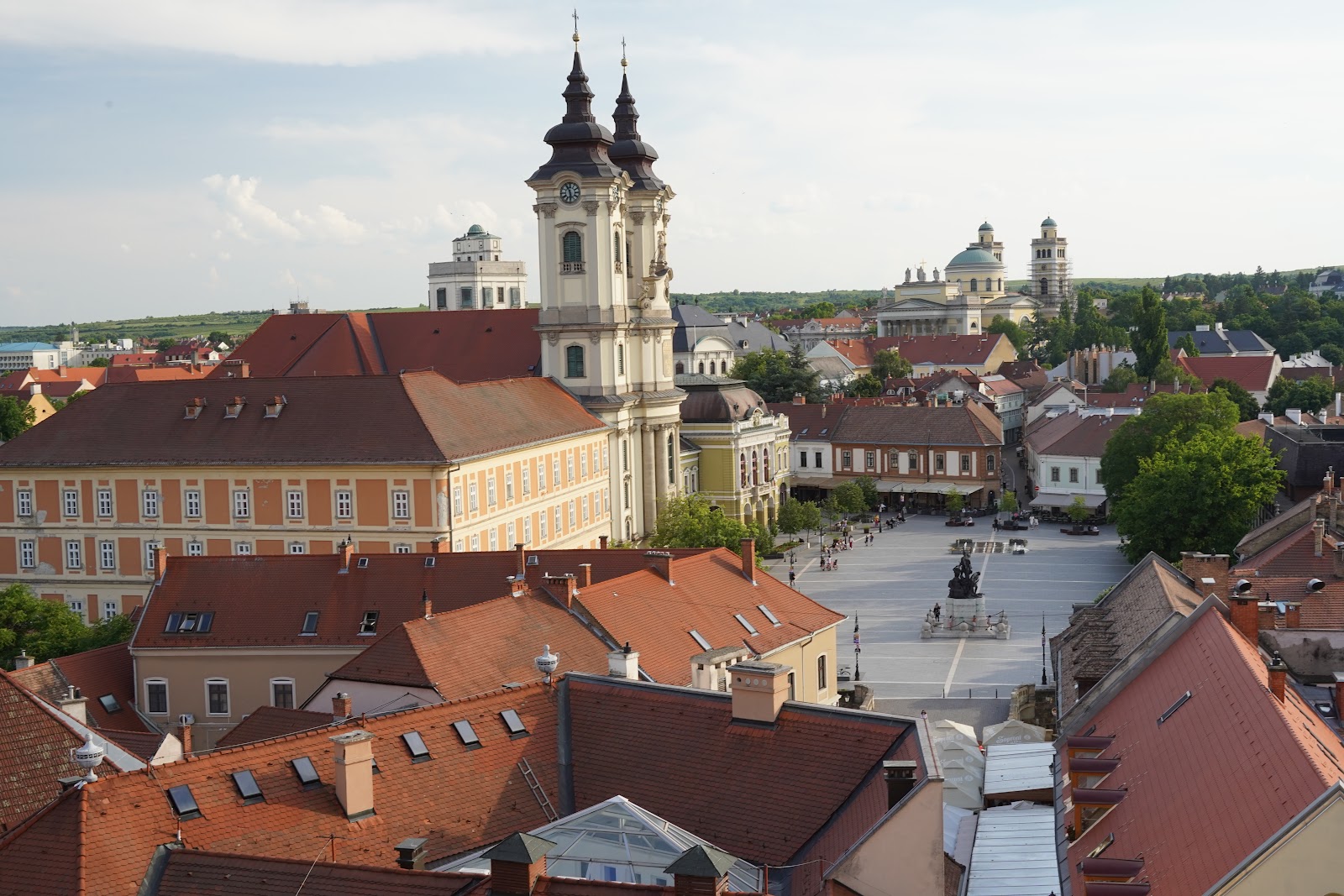

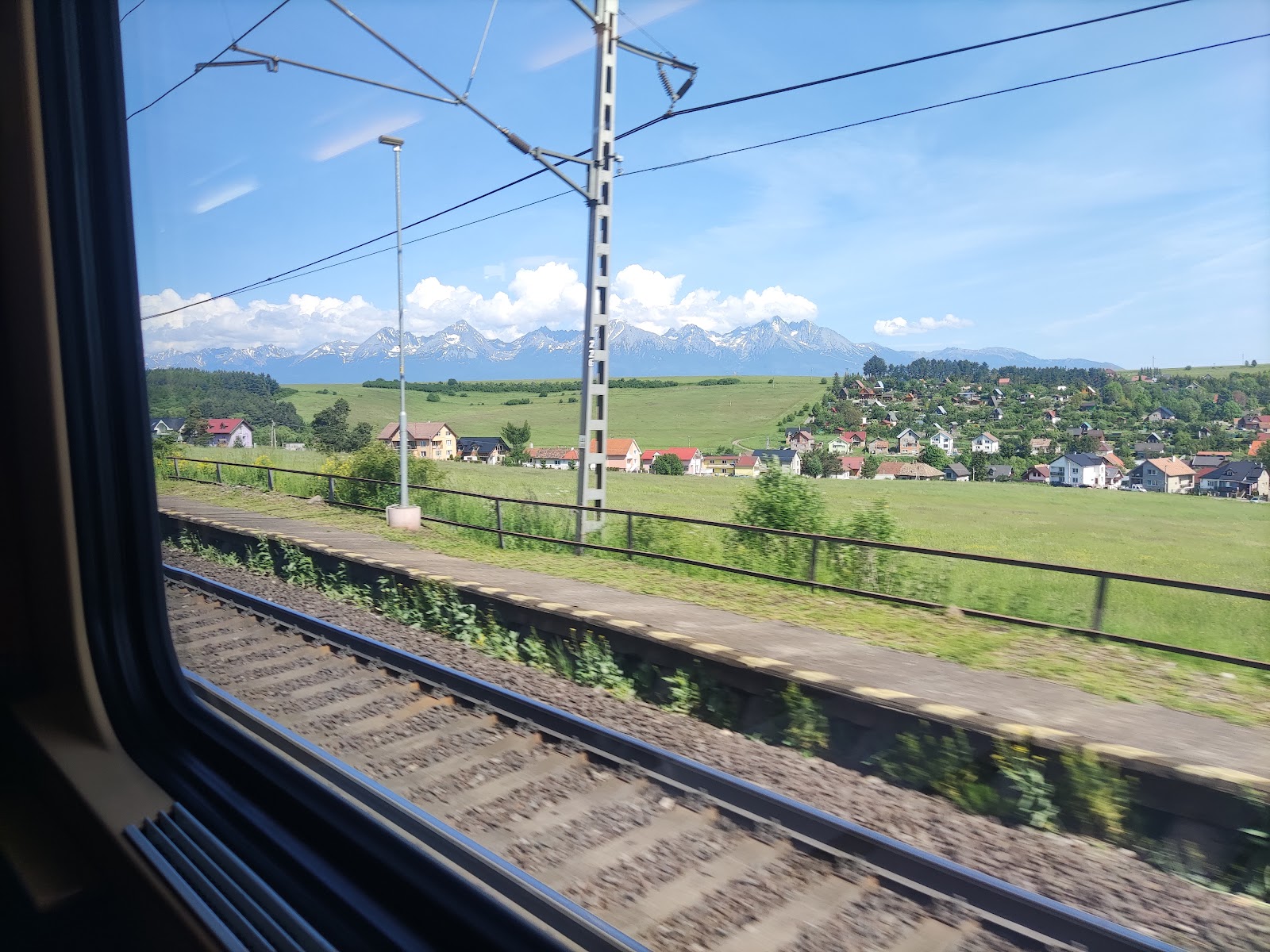
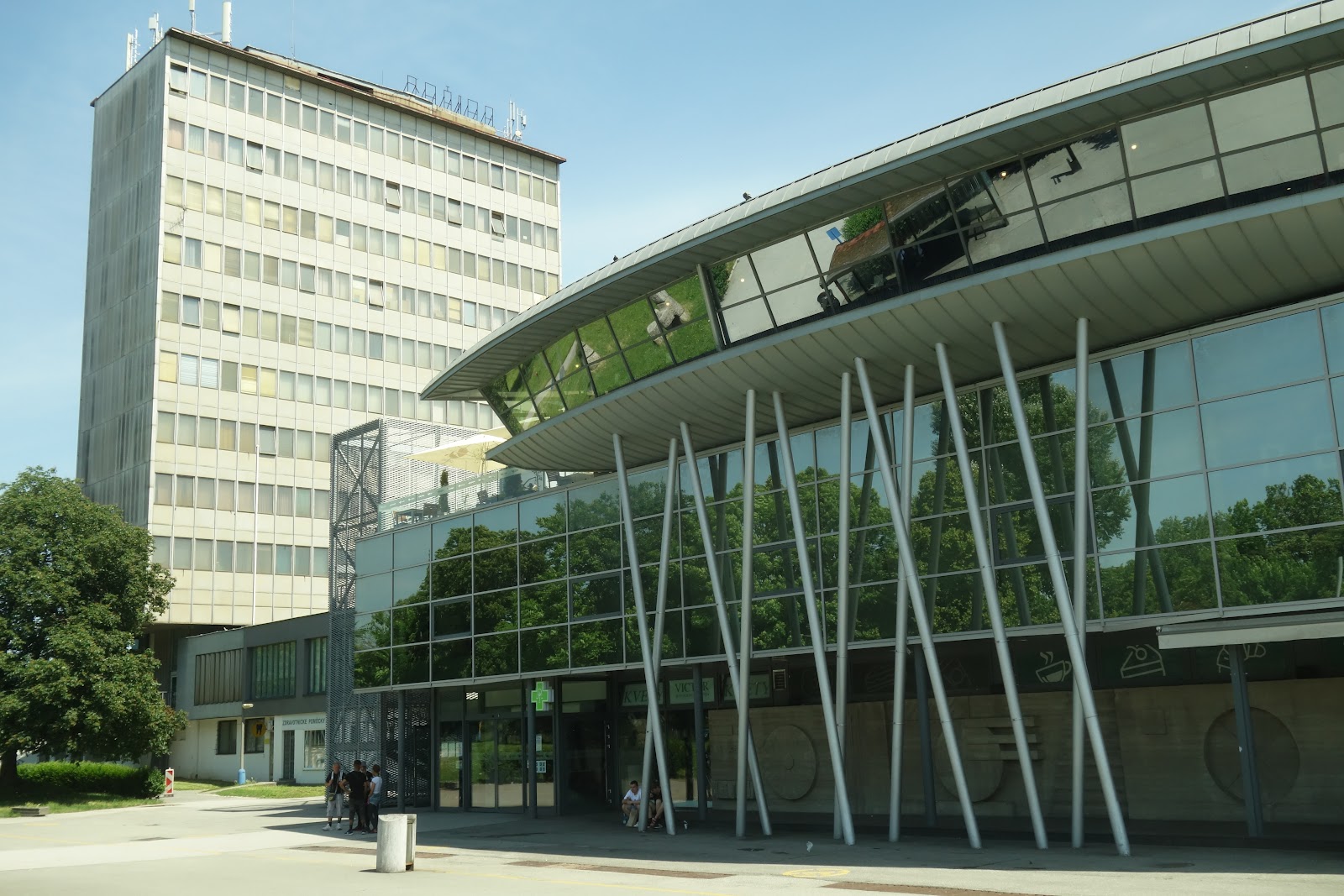




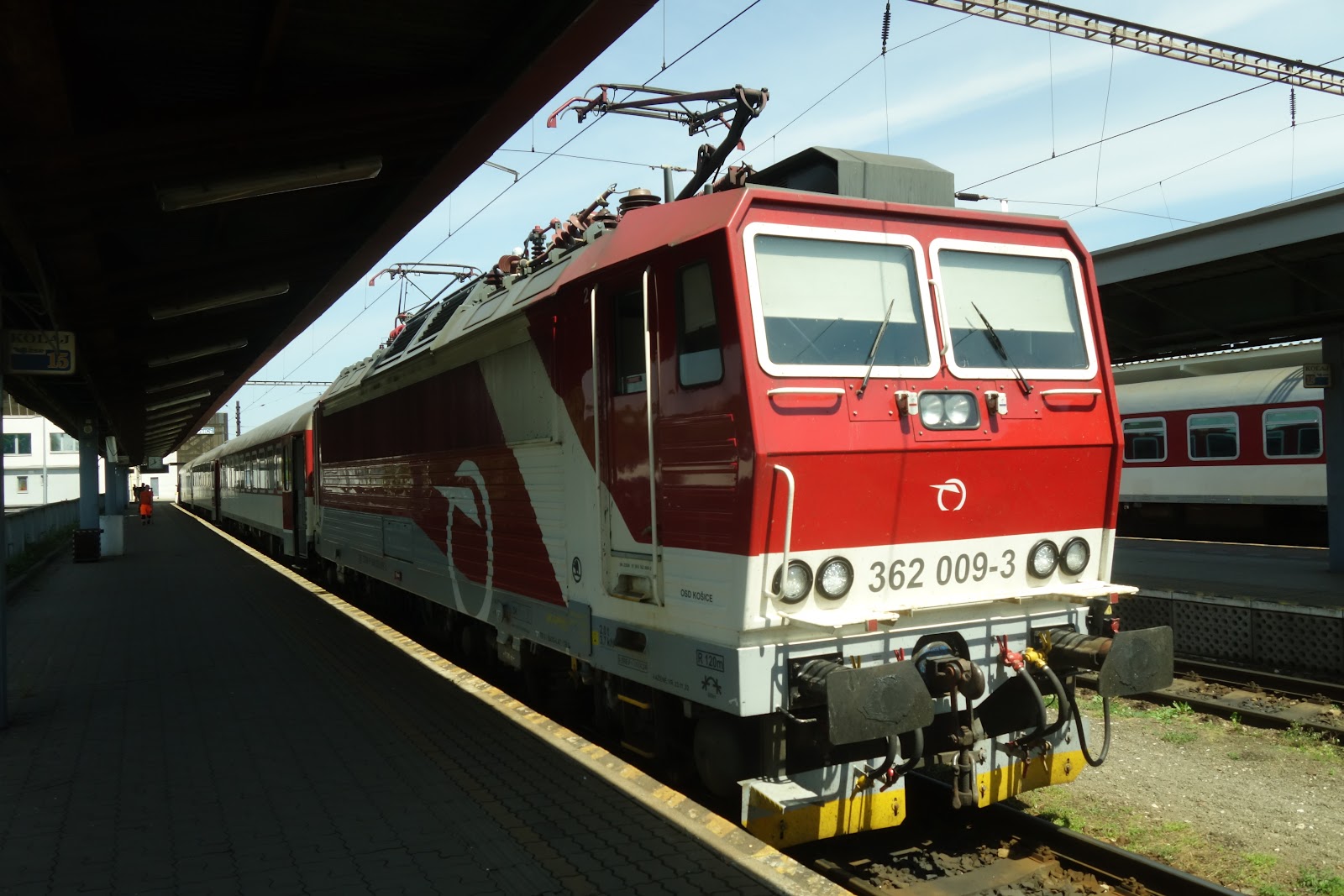
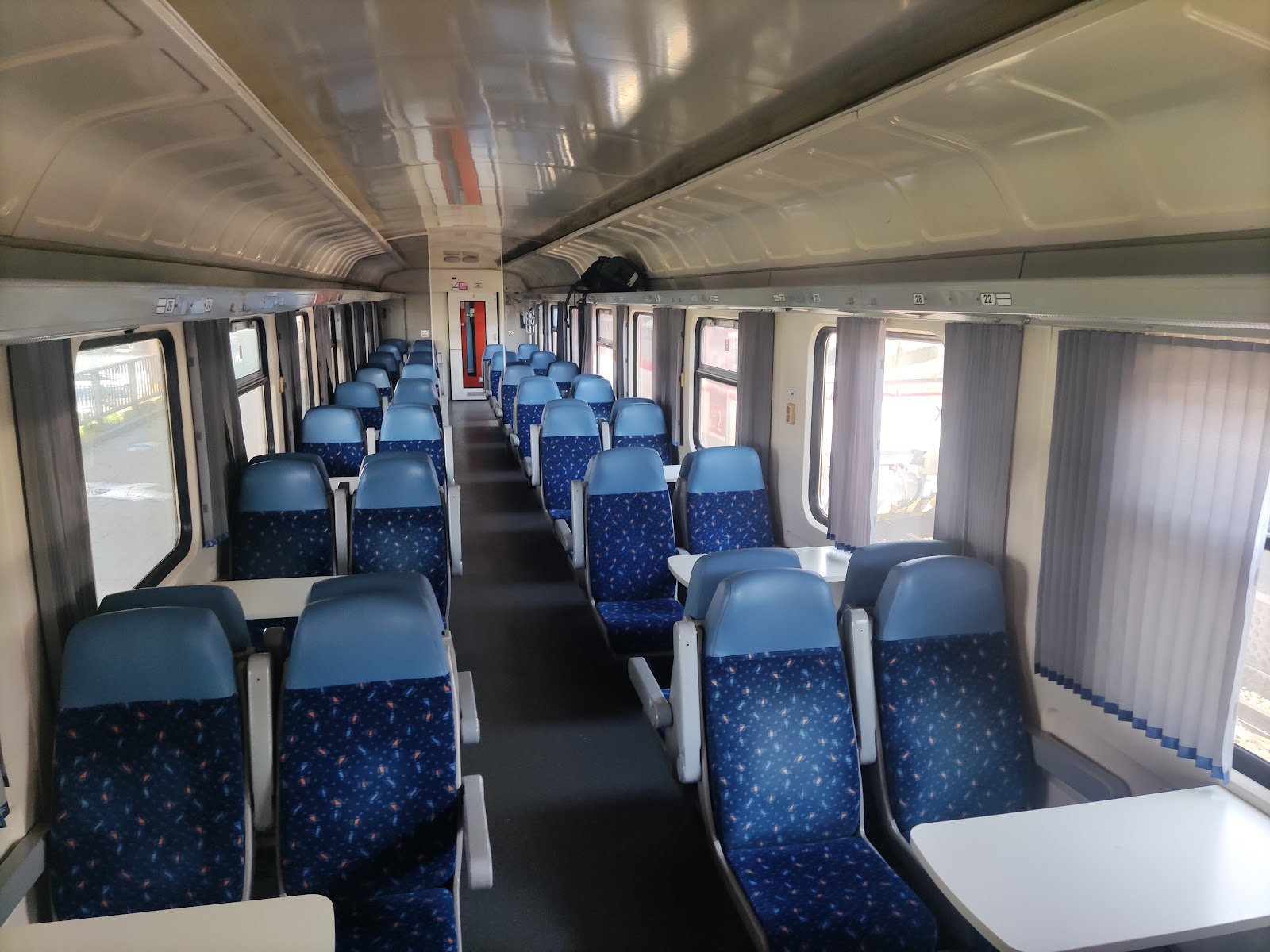


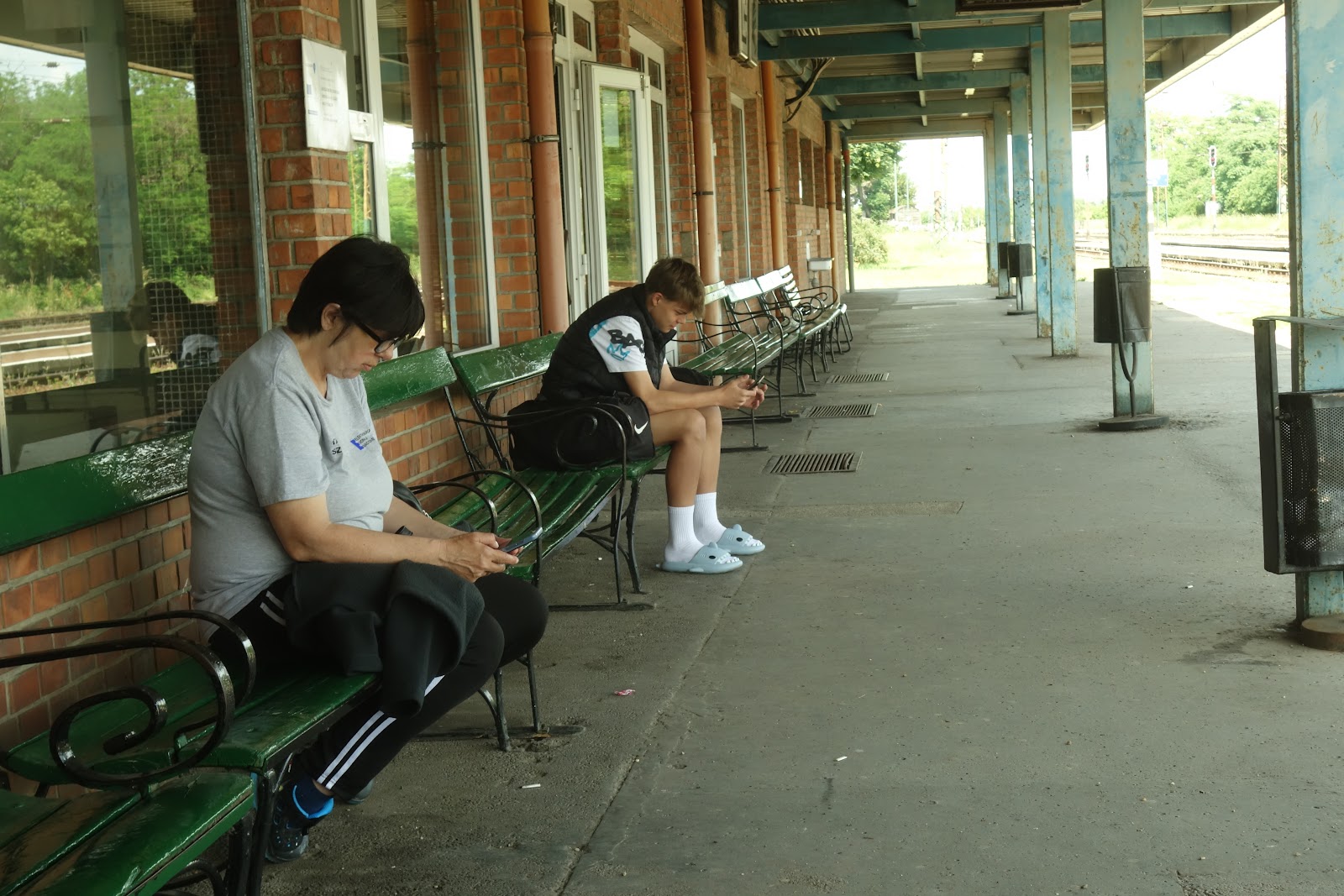

















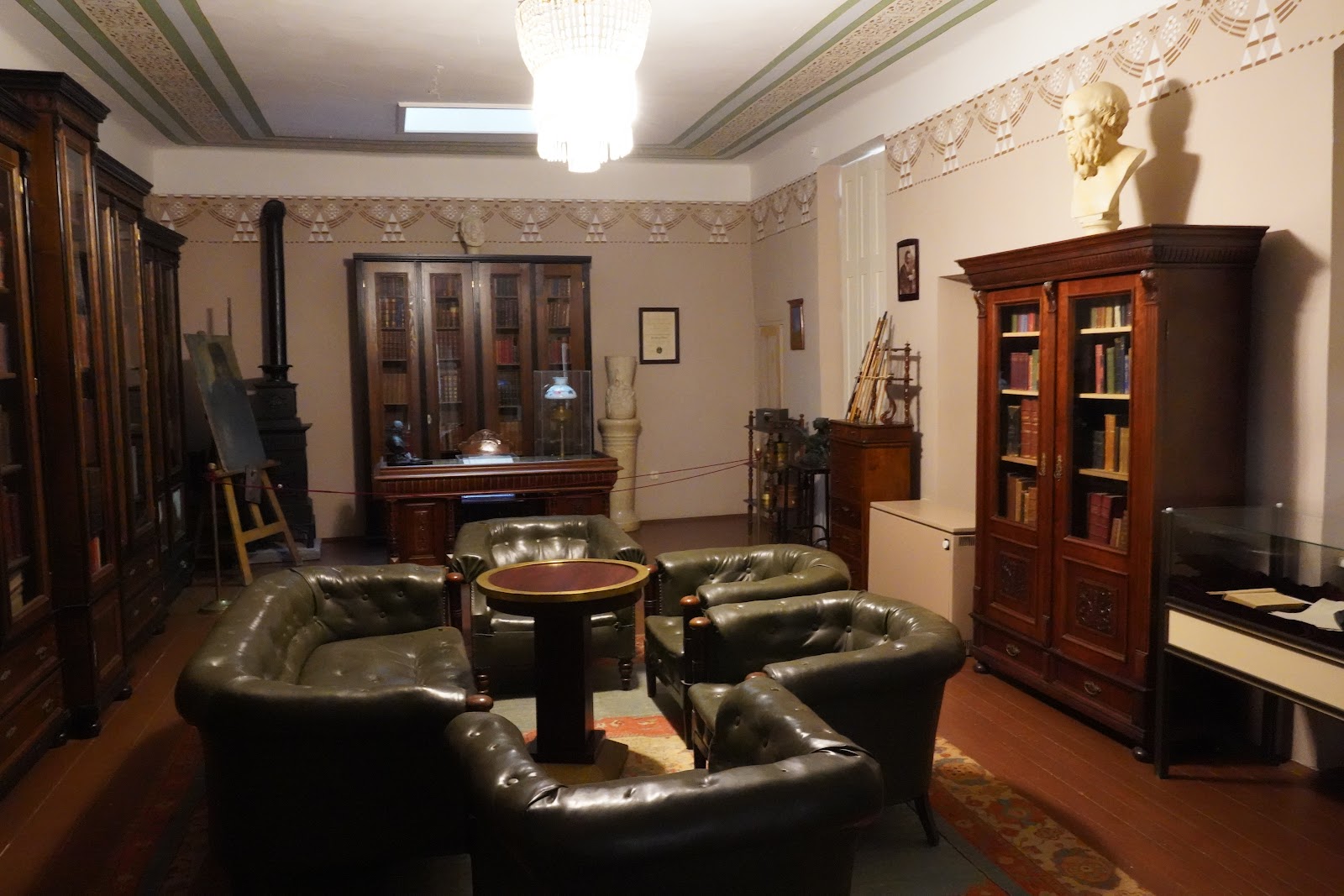
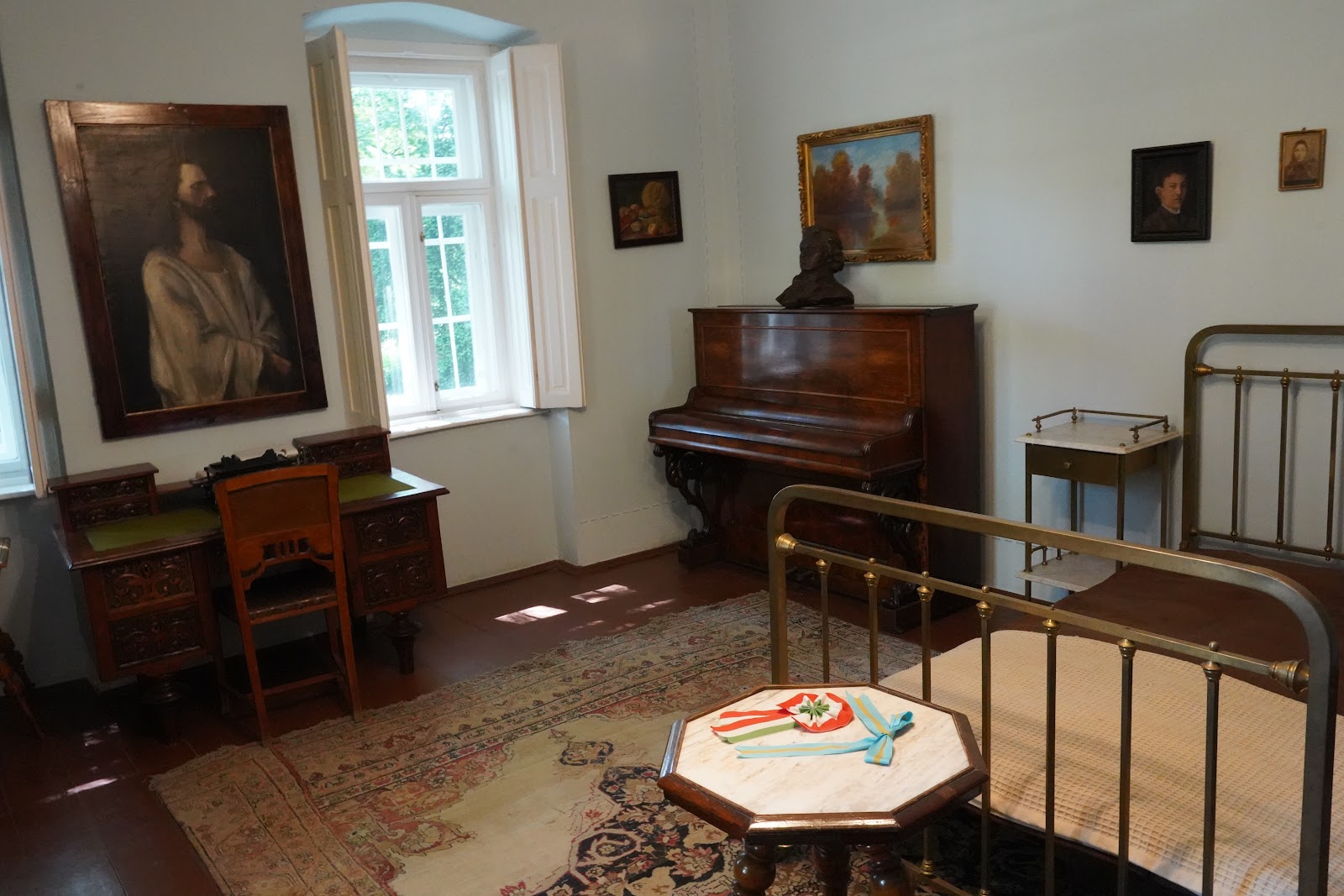








No comments:
Post a Comment